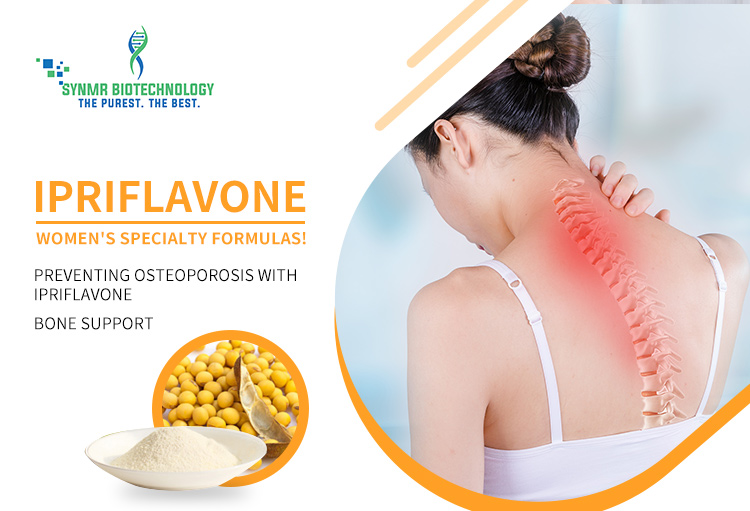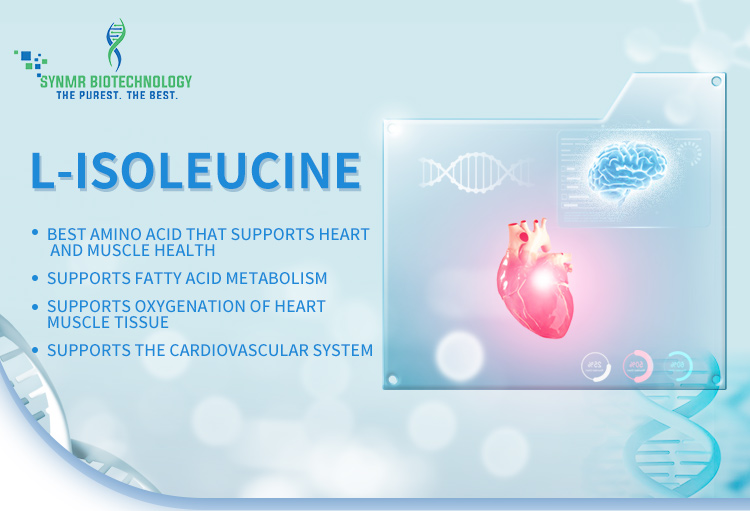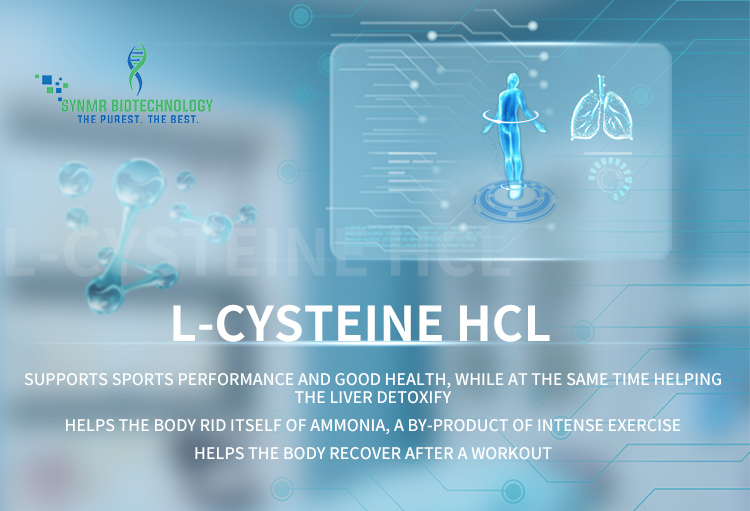Super antioxidant vitamin -increase in life span
PQQ is a new type of water-soluble substance is know as the fourteenth vitamin,SYNMR BIOTECHNOLOGY (SHANGHAI)LIMITED has released a new brand products called ProPQQ®(PQQ)
The production of natural ProPQQ®(PQQ)is very low, mainly in some microorganisms, plants and animal tissues. It not only participates in the redox reaction in the catalytic organism, but also has special biological activity and physiological function.
Where you can find ProPQQ(PQQ)?
Japanese scientists measured the ProPQQ(PQQ) content in 26 common foods.
The ProPQQ®(PQQ) content in 1 gram of food ranges from 3.65 to 61 nanograms. E.g,Vegetables in parsley, green peppers, fruit kiwi, papaya, drinks
The contents of green tea, oolong tea, and tofu that people often eat are about 30 nanometers.g/g. It is worth noting that the ProPQQ®(PQQ) contained in Japanese traditional food natto-The highest amount reached 61 ng/g. This may be because natto is soybean after the bacteria have been fermented for a long time, the bacteria are continuously secreted by the food.
ProPQQ®(PQQ) produces a condensation effect.
US researchers found that human milk ProPQQ®(PQQ) content was as high as
140 to 180 ng/ml. After millions of years of human evolution,
Developed a set of highly efficient operational mechanisms that adapt to the environment, any physiological process
It has its necessity and rationality. Mother's milk contains such a high concentration ProPQQ®(PQQ), which shows that the substance may have an important effect on the growth and development of newborn infants and young children.
Since ProPQQ®(PQQ)can only be synthesized by certain bacteria, where does ProPQQ®(PQQ) in plants, animals and humans comes from? At present, the scientific community generally believes that although there are also various types of bacteria in the intestines of animals and humans, these None of the bacteria can synthesize ProPQQ®(PQQ)or have a very small amount of synthesis, and they simply cannot meet the needs of the body. Therefore, animals and humans can only obtain ProPQQ®(PQQ) through dietary routes. However, there are no clear answers to the question of whether ProPQQ®(PQQ)in plants is absorbed from the environment or synthesized by itself or both. Classical phytochemical theory holds that plants can use the water and inorganic salts absorbed by the roots as raw materials to synthesize all the organic compounds they need. It is speculated that the plant itself may synthesize ProPQQ®(PQQ) small molecule organic compounds like bacteria. All this needs to be further studied by future scientists to reveal the answer.
What will ProPQQ®(PQQ) be used for?
ProPQQ®(PQQ) protect and promote the generation of new mitochondria, increase cellular energy supply activated cells , skin whitening, skin to repair a variety of skin problems by age . Liver and heart care anti-aging effects .
1. Improve immune function
2. Preventive role of Liver Injury
3. Relieves inflammation and prevents arthritis
4. Conditioning various neurological diseases
5. Promote the absorption of amino acids
6. Promote the synthesis of growth factors
7. Prevention and treatment of Alzheimer's disease
8. Promote the synthesis of glutathione
9. Powerful anti-cancer function
suggested dose is 10 mg twice a day.



















































